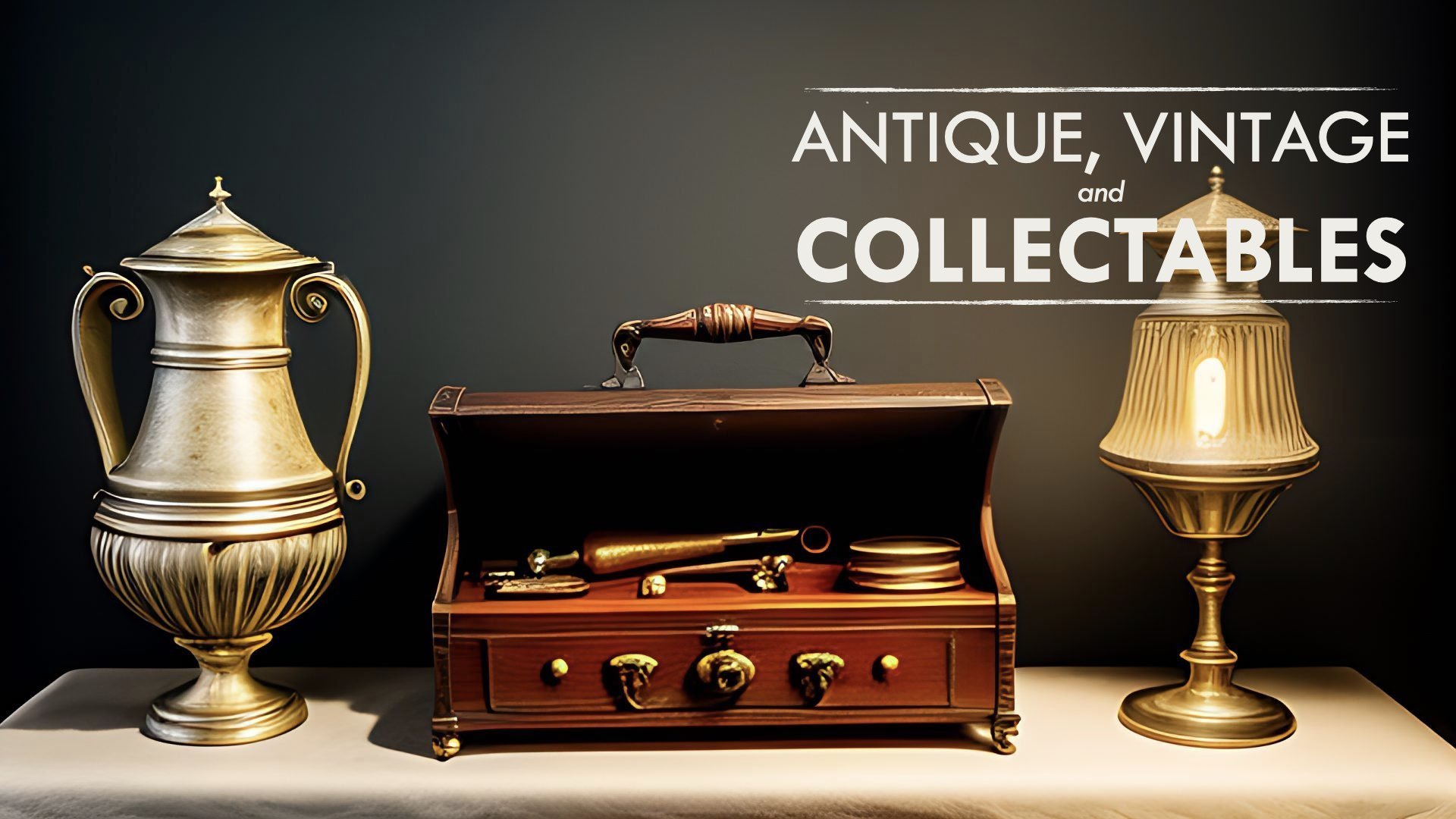
Antique auctions have long captivated collectors, historians, and enthusiasts, offering a fascinating glimpse into the past through rare and valuable items. Whether it is a centuries-old painting, a vintage piece of furniture, or a historically significant artifact, antique auctions provide a unique opportunity to acquire treasures that carry both historical and monetary value.
The origins of antique auctions date back to ancient times when civilizations such as the Romans and Greeks conducted public sales of valuable goods. However, the modern auction system began to take shape in the 18th and 19th centuries, with renowned auction houses such as Sotheby’s (established in 1744) and Christie’s (founded in 1766) playing pivotal roles in shaping the industry. Over the centuries, these institutions have set global standards for authenticity, appraisal, and competitive bidding.
Participating in an antique auction involves several key steps:
Pre-Auction Research – Potential buyers conduct extensive research on items of interest, examining their provenance, condition, and estimated value.
Registration and Bidding – Bidders register with the auction house, either in person, online, or via phone, and receive a bidding paddle or digital account.
The Auction Event – A professional auctioneer presents items one by one, and bidders place their offers, either raising their paddles or submitting online bids.
Winning the Bid – The highest bidder wins the item and is required to complete the payment within a specified timeframe.
Delivery and Authentication – Once payment is completed, the item is authenticated (if not already certified) and delivered to the buyer.
Several auction houses dominate the global antique market, including:
Sotheby’s – Known for handling high-value art, antiques, and collectibles.
Christie’s – A prestigious house that regularly sells historical artifacts and rare pieces.
Bonhams – Specializing in fine art, jewelry, and antique furniture.
Heritage Auctions – Renowned for its expertise in numismatics, collectibles, and historical documents.
Antique auctions attract buyers for various reasons:
Historical and Cultural Value – Owning an antique piece is like owning a piece of history.
Investment Potential – Many antiques appreciate in value over time, making them lucrative investments.
Aesthetic Appeal – Antiques add sophistication and character to homes and offices.
Passion for Collecting – Enthusiasts enjoy the thrill of discovering rare and unique pieces.
With advancements in technology, online platforms have revolutionized the auction industry. Websites like eBay, LiveAuctioneers, and Invaluable allow buyers to participate in global auctions from the comfort of their homes. This shift has made antique auctions more accessible, broadening the market and increasing competition.
Despite the excitement, antique auctions come with challenges:
Authenticity Concerns – Buyers must verify the legitimacy of an item to avoid counterfeit goods.
Bidding Wars – Competitive bidding can lead to overpaying.
Restoration and Preservation Costs – Some antiques require significant maintenance and conservation.
Antique auctions serve as an extraordinary gateway into history, art, and culture. Whether for investment, passion, or admiration, these events offer an unparalleled opportunity to own pieces of the past. As technology continues to evolve, antique auctions will remain a vital and dynamic part of the global collectible market, bridging the gap between history and modern collectors.